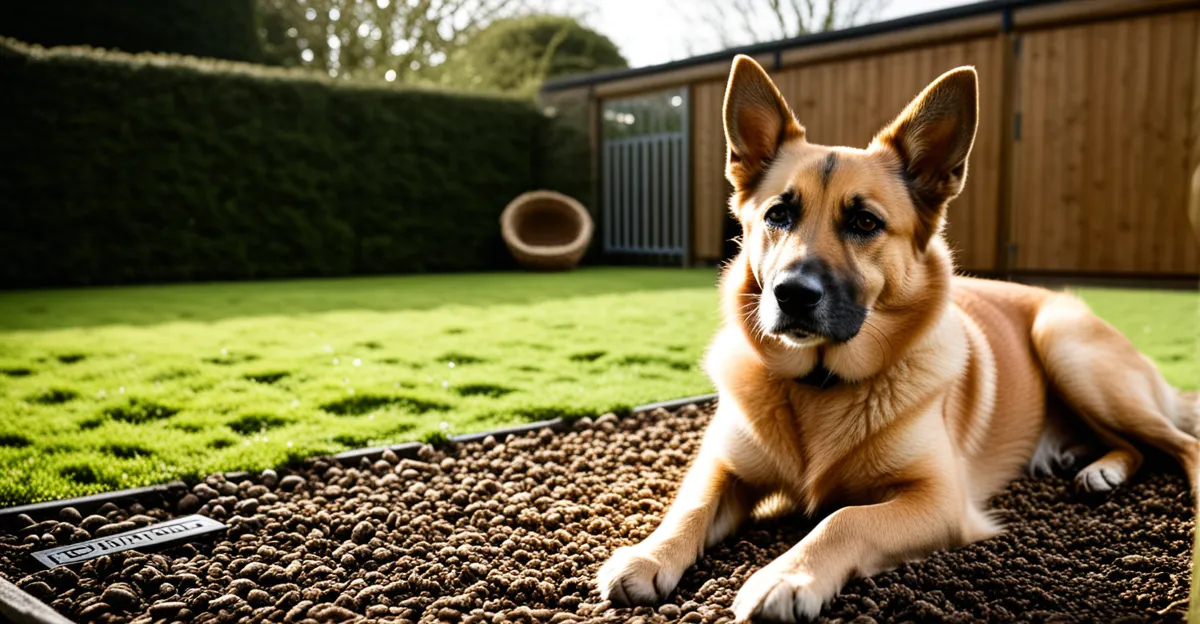Key Principles for Creating a Safe Outdoor Space for Pets in the UK
Creating a safe outdoor space for pets in the UK requires attention to specific local conditions and hazards. The key to pet safety outdoors UK starts with securing the perimeter. A secure garden for pets ensures your pet cannot escape or encounter threats such as traffic or wildlife.
In the UK, weather plays a major role in designing a safe outdoor area. Rain, cold, and damp conditions mean that shelter and drainage should be considered early. Unlike some regions, UK gardens often have dense hedges, variable terrain, and a variety of common toxic plants, all of which influence pet safety outdoors UK.
Also to see : How Can Owning Pets Improve Your Quality of Life in the UK?
Addressing common outdoor hazards is essential. Sharp garden tools, toxic plants like foxglove or laurel, and chemicals such as slug pellets pose immediate risks. Removing or securely storing these hazards is part of basic UK pet-proofing basics. Additionally, uneven ground or open water features must be managed carefully to prevent accidents.
By focusing on these regional factors, you ensure a pet-proof, enjoyable, and truly safe outdoor environment tailored for UK pets.
Also read : How to introduce a new pet to your UK home?
Pet-Proofing and Securing Fencing Solutions
Securing the perimeter is vital for pet safety outdoors UK. A secure garden for pets relies heavily on the right fencing type and proper installation to prevent escapes and potential hazards. In the UK, garden fencing for dogs and cats must consider common regional challenges such as uneven ground and frequent rainfall, which can weaken some materials over time.
When selecting pet-proof fencing UK, durable options like metal mesh or treated wood are preferable. These materials withstand damp conditions and provide solid barriers. Installation should focus on burying fencing edges underground to stop digging escapes and ensuring panels fit tightly without gaps, which pets can exploit.
Regular maintenance is also crucial. In the UK’s variable climate, fences can warp or gaps can form due to soil shifts, compromising the secure perimeter pets need. Inspecting fences monthly and repairing any weak points supports ongoing outdoor pet safety.
This approach to pet-proofing basics aligns with UK-specific outdoor hazards and weather, ensuring your garden remains a safe outdoor space pets enjoy confidently.
Avoiding Toxic Plants and Common Outdoor Hazards
Keeping a safe outdoor space pets requires vigilance against toxic plants pets UK and other hazards. Many common UK garden plants are dangerous to animals; for example, foxglove, rhododendron, and laurel contain toxins that can cause severe illness or death if ingested. Identifying these plants early is essential to ensure pet safety outdoors UK.
In addition to vegetation, outdoor pet hazards include sharp tools, chemicals, and slug pellets often used in UK gardens. These substances pose poisoning risks or physical injury. Practising UK pet-proofing basics means removing or locking away garden tools and replacing toxic pest controls with pet-safe alternatives, such as natural or organic remedies.
Safe garden management involves regular inspections to spot hidden dangers like broken glass or loose fencing parts, which can cause injury. Awareness of garden dangers for animals UK fosters a proactive approach, allowing owners to respond quickly and confidently.
By combining plant knowledge with hazard management, pet owners can better protect their animals and maintain a truly secure garden for pets that promotes worry-free outdoor enjoyment.





